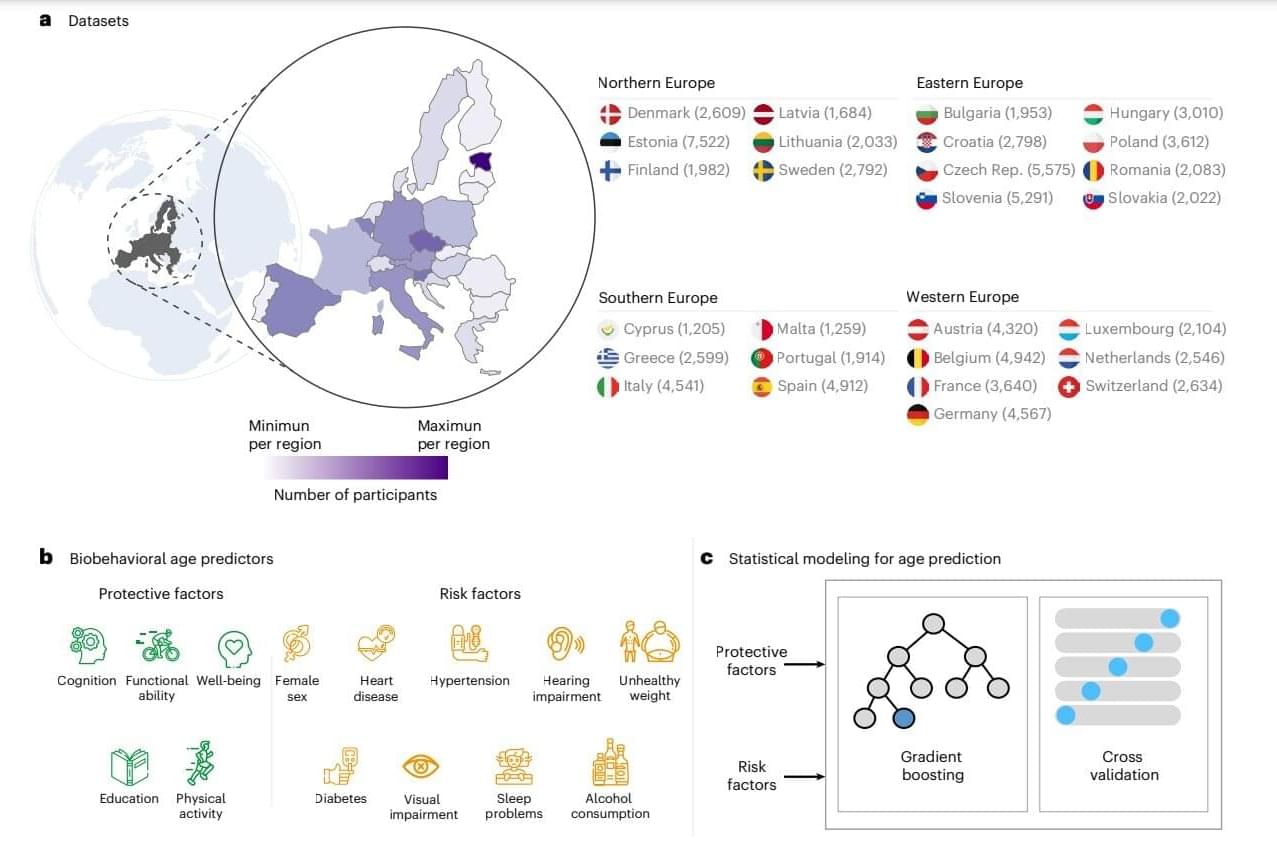A new water-based plasma technique is opening fresh possibilities for carbon conversion.
Chinese researchers have created stable high-entropy alloy nanoparticles—containing five metals in nearly equal ratios—directly in solution, thereby overcoming long-standing challenges in nanoscale alloy synthesis.
These particles form a self-protecting, oxidized shell, delivering strong photothermal performance that utilizes visible and infrared light to drive carbon dioxide into carbon monoxide more efficiently than single-metal catalysts.








